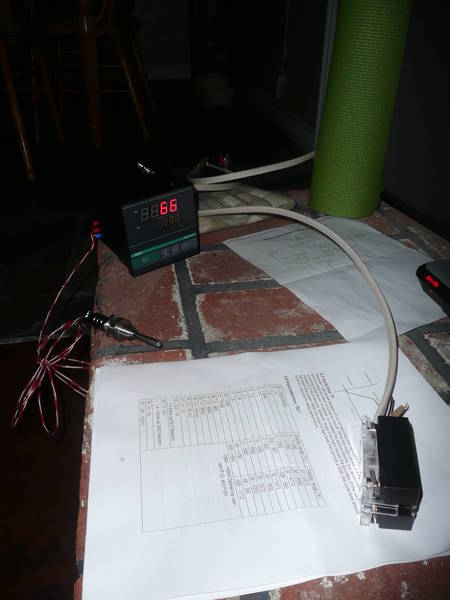The Pol
Well-Known Member
- Joined
- Feb 12, 2007
- Messages
- 11,390
- Reaction score
- 117
if you dont plan on using 220 then why not just get a 120v element for RIMS tube. I think a 220 heating element is for people that only use electric so they can get the wort up to boiling point.
Watt density





